When designing modern commercial interiors, choosing the right flooring is more than a design decision — it’s a long-term investment in comfort, safety, and durability. Among the many options available today, rubber flooring and vinyl flooring stand out as two of the most practical and stylish choices. Both offer a balance of strength, resilience, and aesthetic appeal, making them favorites in offices, gyms, retail outlets, educational institutions, and healthcare facilities. But which one truly fits the demands of modern commercial spaces? Let’s explore their features, pros, and differences to help you make an informed choice.
Understanding Rubber Flooring
Rubber flooring has evolved beyond its industrial image to become a preferred material in many modern interiors. It’s typically made from either natural or synthetic rubber and is known for its durability and comfort underfoot. Many designers and business owners appreciate its flexibility, noise reduction properties, and non-slip surface, making it ideal for high-traffic areas.
One of rubber flooring’s standout qualities is its shock absorption. It reduces fatigue for people who stand for long hours, such as in retail counters or gyms. Moreover, it’s resistant to impact and indentation, which means it can withstand heavy furniture, machinery, and constant movement without showing wear easily. Its resilience also contributes to long-term cost savings, as it doesn’t require frequent replacements.
Another growing reason behind its popularity is sustainability. Modern rubber flooring often incorporates recycled materials, supporting eco-friendly construction goals. Many manufacturers now produce rubber tiles and sheets in an impressive variety of colors, patterns, and textures, allowing designers to merge functionality with modern style.
Understanding Vinyl Flooring
Vinyl flooring has been a staple in commercial interiors for decades. Made from synthetic materials like PVC, it is valued for its affordability, design versatility, and low maintenance. Available in planks, sheets, and tiles, vinyl can mimic natural materials such as wood, stone, or ceramic — making it a top choice for projects where visual appeal is a priority.
The latest luxury vinyl tiles (LVT) and vinyl planks (LVP) have transformed vinyl flooring into a premium option that competes closely with natural materials while offering the practical benefits of durability and water resistance. Its smooth surface makes cleaning simple — a key advantage for offices, hospitals, and hospitality spaces where hygiene is crucial.
Vinyl’s strength lies in its design versatility and adaptability. It offers a wide range of styles, from classic wood grains to bold geometric prints, making it easier for architects and designers to align the flooring with a brand’s identity or interior concept.
Durability and Maintenance: The Long-Term Perspective
When it comes to long-term performance, both materials have impressive durability, but their strengths differ slightly. Rubber flooring is naturally more resistant to heavy wear, abrasions, and moisture. Its elasticity allows it to bounce back from pressure, making it ideal for gyms, schools, or industrial areas where floors take a beating daily.
Vinyl flooring, on the other hand, has excellent scratch and stain resistance. With proper sealing and maintenance, vinyl can last over 15 years in commercial environments. However, it’s more prone to denting from heavy furniture or sharp objects. Rubber flooring may require occasional polishing to maintain its sheen, while vinyl only needs regular sweeping and mopping.
In humid or wet areas, rubber has an advantage because of its slip-resistant properties. However, vinyl performs better in spaces requiring a smooth and seamless finish, such as medical facilities or office corridors.
Comfort and Safety: The User Experience
In modern workplaces, comfort and safety play a vital role in productivity and employee well-being. Rubber flooring scores high in this area due to its cushioned and anti-fatigue nature. It’s softer to walk on and absorbs sound efficiently, reducing echo and noise — perfect for open offices or learning spaces.
Vinyl flooring, while slightly firmer, offers good comfort levels when installed with padded underlayments. However, its smooth surface can become slippery when wet, unless treated with anti-slip coatings. For facilities where safety is paramount — like gyms, healthcare centers, and schools — rubber flooring remains the safer and more ergonomic choice.
Design and Aesthetic Appeal
In the past, rubber flooring was considered purely functional, but today’s designs tell a different story. Modern manufacturing techniques allow rubber to be molded into stylish patterns, subtle tones, and even vibrant color mixes that complement contemporary décor. The matte finish and texture variations make it an attractive yet practical choice for minimalist or industrial interiors.
Vinyl flooring remains the king of aesthetic diversity. Its ability to imitate natural materials like oak, marble, or terrazzo at a fraction of the cost makes it a design favorite. With digital printing technology, vinyl can match any style theme — from rustic to ultra-modern — offering flexibility that rubber flooring cannot fully replicate.
Cost Comparison: Value for Money
Budget considerations often drive flooring decisions in commercial projects. Vinyl flooring tends to be more cost-effective upfront, with lower installation costs and a broad price range depending on design quality. It’s a great option for businesses looking for visual appeal without overspending.
Rubber flooring, while generally more expensive initially, proves economical over time due to its longevity and low replacement frequency. It’s a wise investment for spaces that experience high foot traffic or demand superior durability, such as fitness centers, hospitals, and schools.
Conclusion: Choosing the Right Fit for Your Commercial Space
Both rubber flooring Abu Dhabi and vinyl flooring have distinct advantages that cater to different needs in modern commercial design. If your priority is comfort, safety, and sustainability, rubber flooring is the ideal choice. Its durability and eco-friendly nature make it perfect for heavy-use areas. On the other hand, if aesthetic flexibility, cost-efficiency, and easy maintenance top your list, vinyl flooring stands out as a versatile and budget-friendly option.
In the end, the best flooring depends on your commercial space’s specific requirements — from traffic flow and design goals to long-term maintenance plans. Whichever you choose, investing in quality flooring ensures your space not only looks professional but also performs efficiently for years to come.

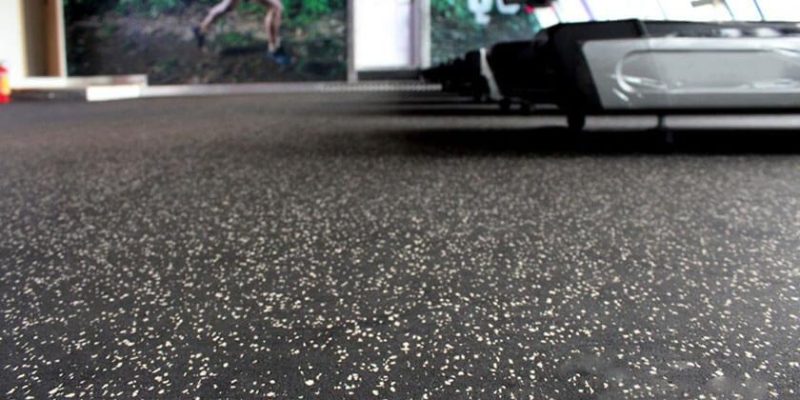


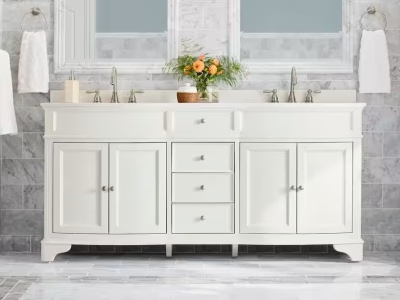
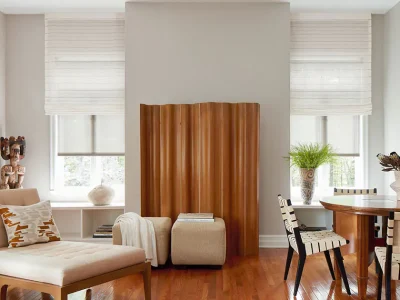
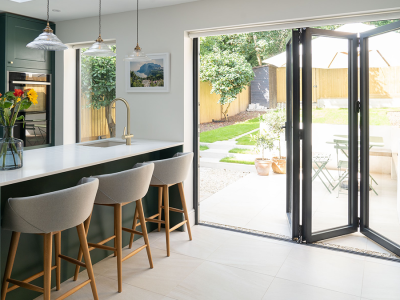



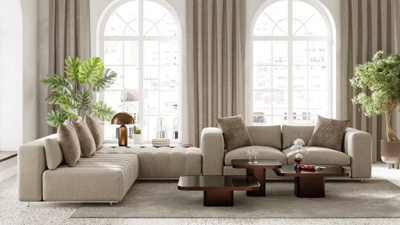
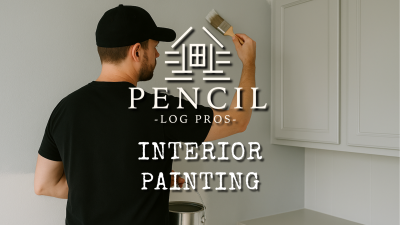

Comments